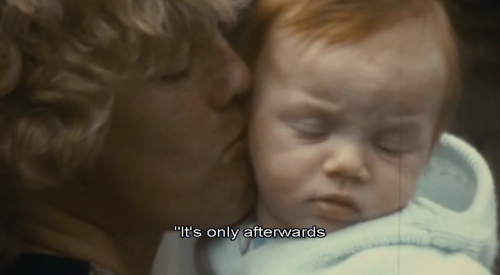What is documentary?
What is Documentary?
Documentaries bring views into new words and experience’s through the presentation of factual information about real people, places, and events, generally (but not always) portrayed through the use of actual images and artefacts. But factuality alone dose nit define documentary films; it’s what the filmmaker dose with those factual elements, weaving them into an overall narrative that strives to be as compelling as it is truthful and is often greater than the sum of its parts.
Explore the concept of documentary-use examples
The term ‘documentary’ was invented in the 1920’s by Canadian/British documentary filmmaker, John Grierson who famously defined it as ‘creative treatment of actuality’. A Documentary is a recording of an event, generally based on people’s perspective’s and genuine facts. Many theorist and filmmakers have defined it various ways of explaining them .For example Bill Nicol’s he has separated them in 6 modes, Mark Ramey differing them in “styles “and Kim Longinotto making them an “experience of watching a friction film as possible, though, of course, nothing is ever set up”.
However, in the end documentaries are a mixture of all those theories and are made to represent the closest thing to the truth or more accurately a version of it. In order to so that they use the following codes and conventions: voiceover, narrativization, follow real events, archive footage, interviews-taking heads, technicalities of realism and graphics.
For example, the Documentary “Stories we tell” we do see interviews and archive footage, yet there are some recreated scenes that do follow real events and the navigation of the story. Most of the elements are used to make the audience connect the dots and understand how the story unfolds. Though, editing is what brings it and all documentaries to life because they are mediated in a way to generate a particular story, viewpoint, message or experience. ‘Stories we tell’(Sarah Polley,2013) his documentary is very diverse and include different modes and styles of the theorist.



Comments
Post a Comment